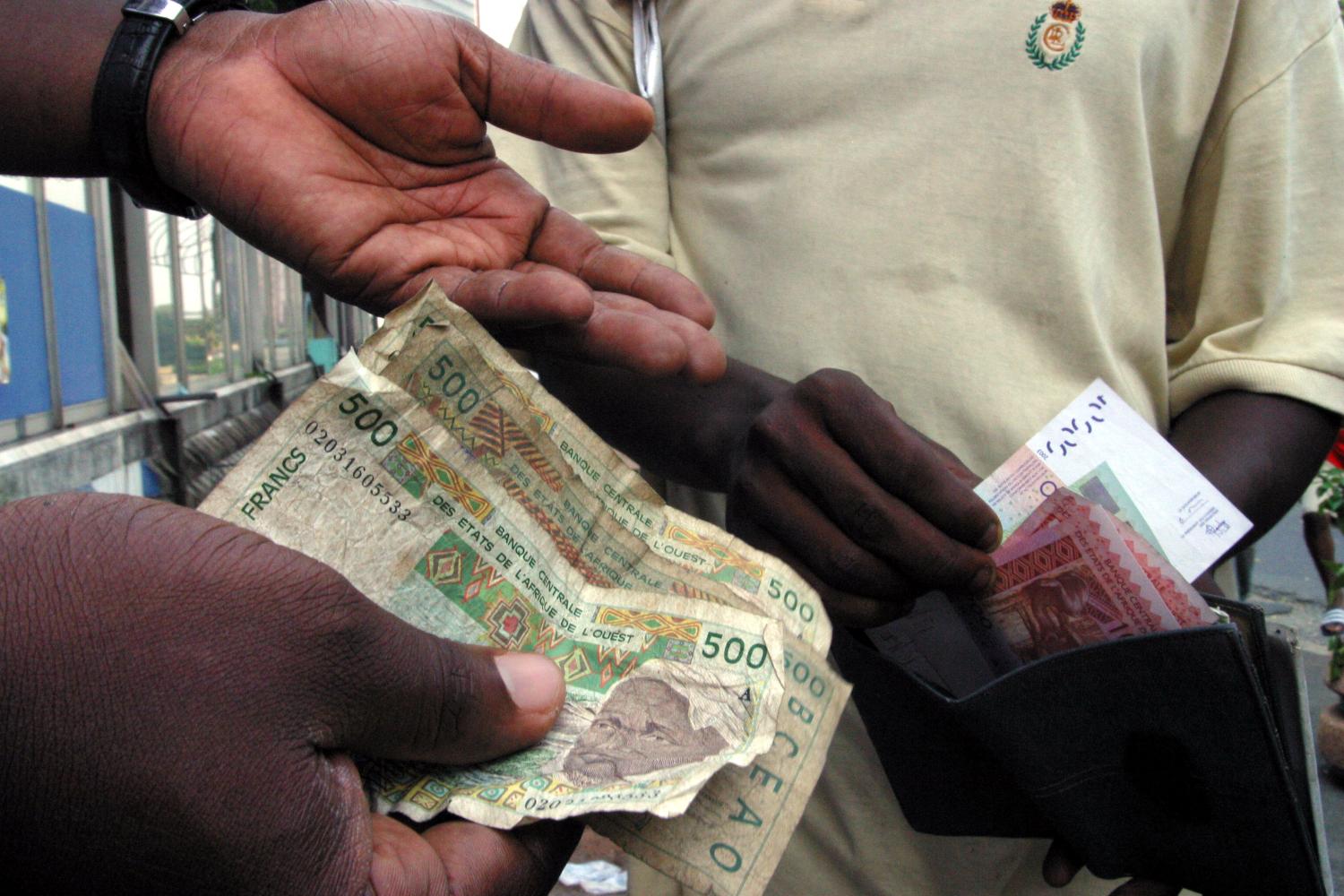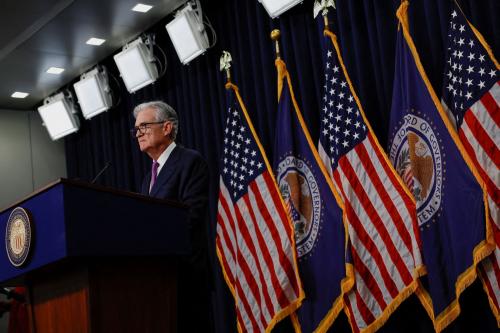EXECUTIVE SUMMARY
A total of 80 currency boards have come into existence at some point since the mid-19th century, but to date only about 15 of them still exist, among which is the CFA franc monetary zone. The future sustainability of the CFA franc zone, to which the CEMAC CFA franc belongs, is increasingly questioned in the light of increasing asymmetries in exposure to external shocks, differential speeds of adjustment of the real exchange rate following shocks, differential impacts in economic fundamentals, and low levels of intra-regional trade and financial flows between CEMAC and WAEMU. For the CEMAC bloc of countries in particular, the future sustainability of the fixed exchange regime depends crucially on continued oil exports, which currently represent about 90 percent of export revenues and 40 percent of GDP. Should oil reserves deplete in the near future or oil prices decline significantly, a substantial source of foreign reserves would be lost, thereby exposing the regime to collapse. Even without resource depletion, continued volatility in global financial markets is increasing the risks of collapse of the fixed exchange regime as oil and commodity price swings ignite currency speculation as well as render reserves much more volatile. Against this backdrop, the present study examines the stakes facing the CEMAC CFA franc, discusses the exit options from the currency board and makes recommendations towards a sustainable monetary policy framework for CEMAC countries going forward. The analysis points to the imperative of pursuing a full monetary union with a single CEMAC franc pegged to the U.S. dollar and further suggests that, like the experience of the eurozone, the CEMAC monetary arrangement can be best implemented only by complying with the principle of political union.



